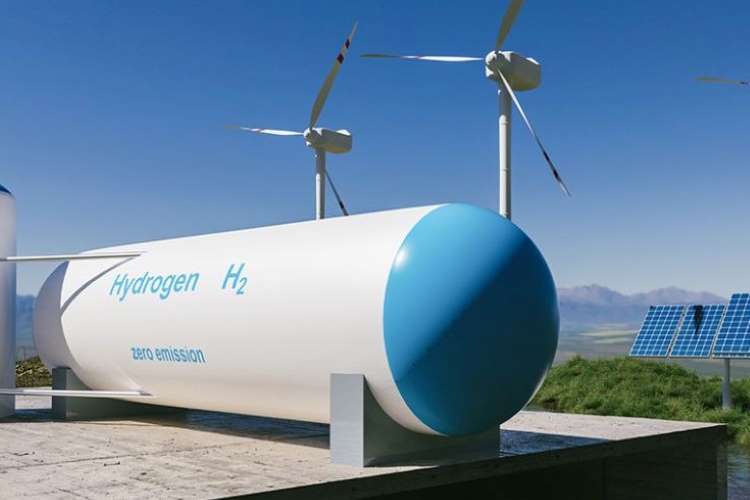
Green hydrogen is cheaper than natural gas in eight European countries, according to a media report. This is because of the persistently high LNG prices prevailing in Germany, Italy, France, the UK, Poland, Spain, Sweden, and Turkey. Green hydrogen prices depend on the prices of renewable energy and electrolysers — both are falling due to technological developments.
Hydrogen, the most abundant element that accounts for three fourths of the matter in the universe, is now seen as key to fighting climate change. What was a niche technology just a few years ago is now part of the global decarbonization efforts — an “energy superstar” that will replace fossil fuels in the foreseeable future. Green hydrogen is still a long way away from becoming a significant player in the global energy equations, but all major economies in the world are investing heavily in producing green hydrogen at competitive costs.
The demand for industrial hydrogen is met by splitting fossil fuels into hydrogen and carbon (CO2). The world produces 70 million tonnes of hydrogen – 70% of it from natural gas, producing 9 kg of CO2 for every kg of hydrogen. The use of “grey hydrogen” contributes 2% of carbon emissions.
READ I Climate change: From Paris to Sydney, extreme weather events send out dire warning
Green hydrogen as fossil fuel alternative
Green hydrogen is produced through a process called electrolysis that splits water molecules into hydrogen and oxygen. The product is called green hydrogen because it is produced using renewable energy and no greenhouse gas is emitted in the process. This has become a possibility after renewable energy became more affordable than energy generated from coal, gas or nuclear sources. Energy experts see green hydrogen as the key to a decarbonized global economy.
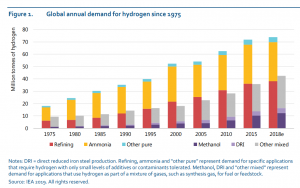
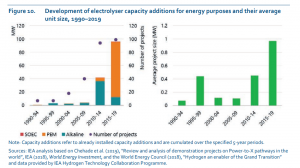
There are a number of reasons for the popularity of green hydrogen. It can be produced in varying quantities according to the variable outputs of solar and wind energy. Its transportation also is convenient and cost-effective. With several companies making breakthroughs in making different types of cheap electrolysers, energy experts expect green hydrogen to replace petroleum fuels and natural gas as the world’s leading power source soon.
Green hydrogen has been twice as expensive as grey hydrogen in the beginning of 2022. But the rising prices of natural gas has changed the status quo. Also, heavy investments by governments and businesses in research and development are already yielding results with electrolyser prices coming down fast. There is also policy support in the form of tax breaks and regulatory support that could make green hydrogen cheaper.
READ I Millets can help resolve global food crisis through sustainable agriculture
Hydrogen as an energy superstar
Hydrogen can be burned to generate energy. A kilogram of hydrogen releases 33kWh of energy when burned, making it suitable for industrial use as well as heavy transport applications that need huge amounts of energy. It can also be used in fuel cells which generate electricity by mixing hydrogen and oxygen in a reaction. In hydrogen fuel cells, the only emissions are water vapor.
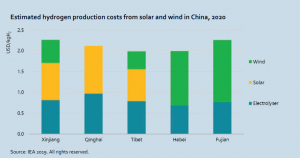
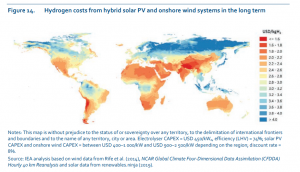
A large number of hydrogen fuel-cell power generators are operating across the world. There are a larger number of facilities that burn hydrogen to generate power. Several experiments with fuel cell vehicles have been going on for close to a century. The last 10 years saw sales of hydrogen fuel-cell cars growing despite their high prices. In 2021, 15,500 units were sold globally with the Hyundai Nexo and the Toyota Mirai accounting for almost all (98%) of them. The lack of hydrogen infrastructure and high prices are the reason for the poor sales figures of fuel cell cars. Hundreds of hydrogen fuel-cell buses were used in the 2022 Winter Olympics in Beijing.
The production of green hydrogen results in no greenhouse emissions when renewable energy is used in the process. There is a need to move away from the colour scheme for classifying hydrogen and to adopt specific matrices that measures emissions, such as kilograms of carbon dioxide per kilogram of hydrogen produced.
Anil Nair is Founder and Editor, Policy Circle.

